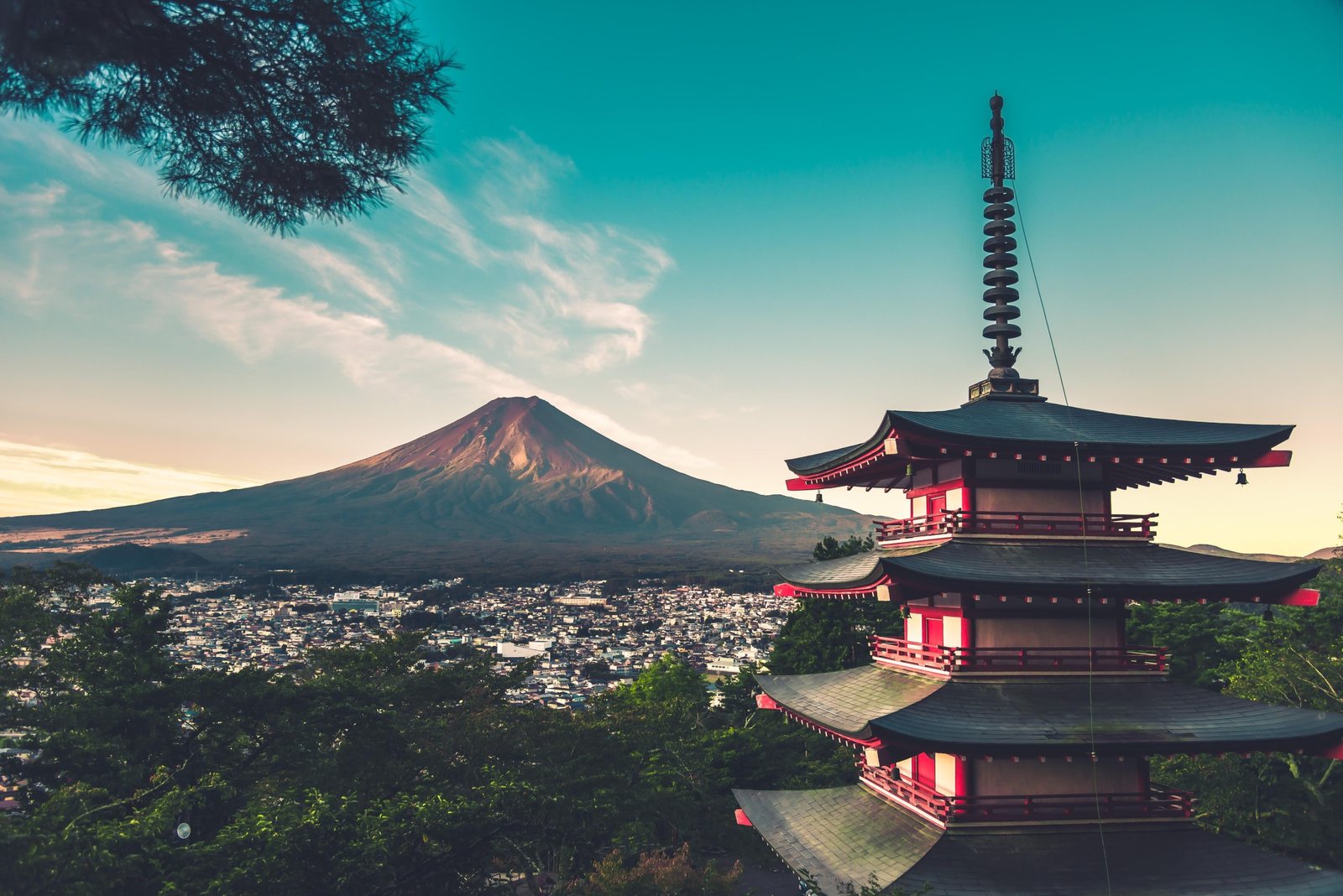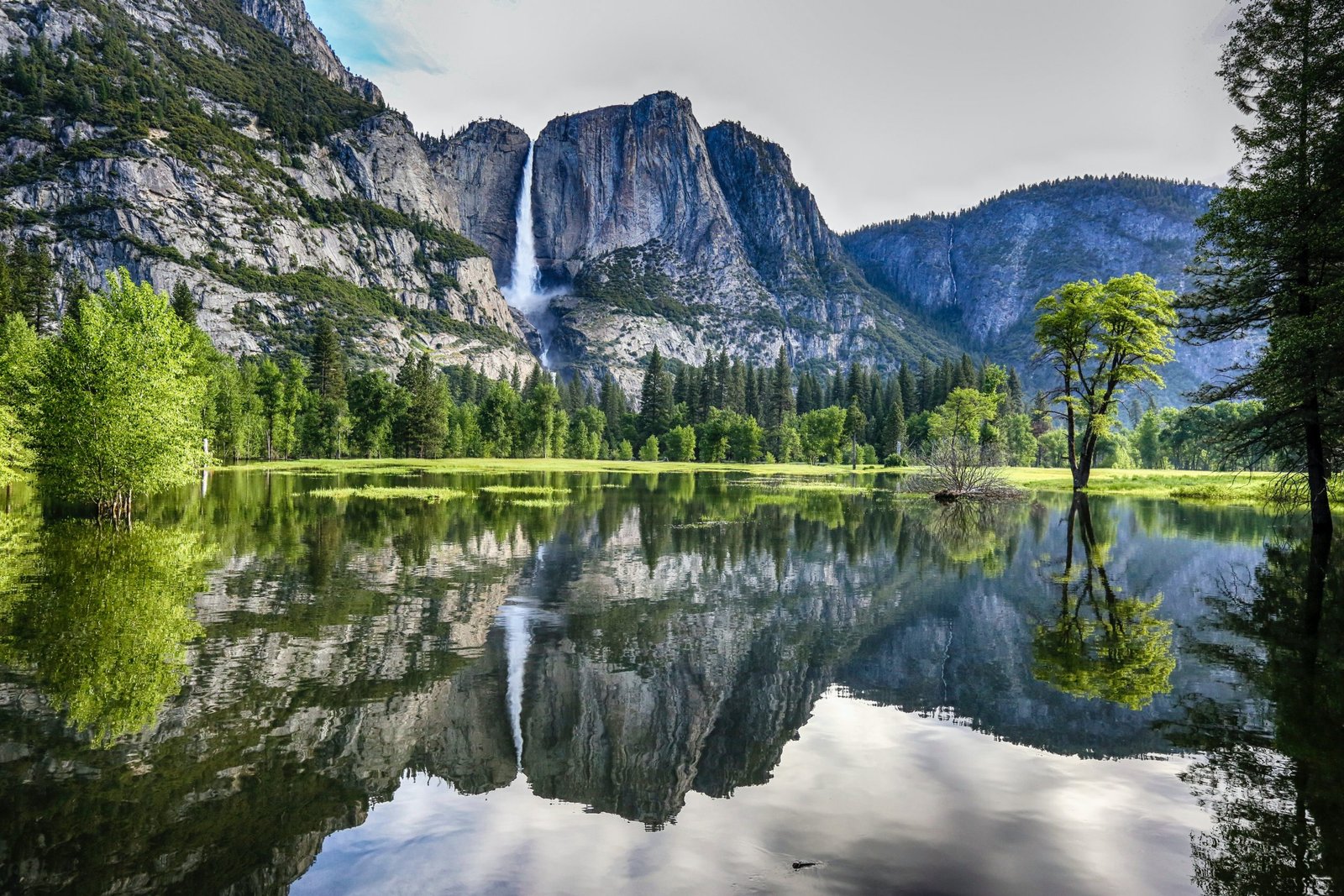Mount Fuji, or Fuji-san, as it’s respectfully called in Japan, is far more than just a geographical feature. It’s a symbol deeply woven into the fabric of Japanese culture and history, and its origins tell a tale of ancient geological processes.
Approximately 600,000 years ago, during the Quaternary period, volcanic activity played a significant role in the formation of Mount Fuji. Given how long the mountain has been developing, it is evidence of how constantly our planet is changing. Each volcanic eruption over the centuries contributed to shaping Mount Fuji’s iconic and nearly perfect conical form.
As a stratovolcano, Mount Fuji is characterized by a layered structure resulting from repeated cycles of solidified lava flows, volcanic ash, and pumice. This geological layering process over thousands of years has given Mount Fuji not only its physical stature but also its symmetrical beauty.
The most recent significant eruption, the Hoei Eruption, occurred in 1707 during Japan’s Edo period. A new crater and a secondary peak were created on the mountain’s southeast flank as a result of this eruption, which was noteworthy for its length and force. Since then, Mount Fuji has lain dormant and has not seen any notable volcanic activity.
In addition to its geological significance, Mount Fuji is deeply ingrained in Japanese culture. The mountain’s majestic presence is captured in countless works of art, most famously in Katsushika Hokusai’s woodblock prints. Hikers, and travelers from all over the world frequent it as well.
In conclusion, Mount Fuji’s formation began around 600,000 years ago, and its last major eruption occurred in 1707. More than just a natural wonder, this amazing stratovolcano represents the beauty and essence of Japan and is a cultural icon. Its significant influence on the landscape, culture, and tourism of the region has made Mount Fuji a beloved and enduring symbol of Japanese heritage.





